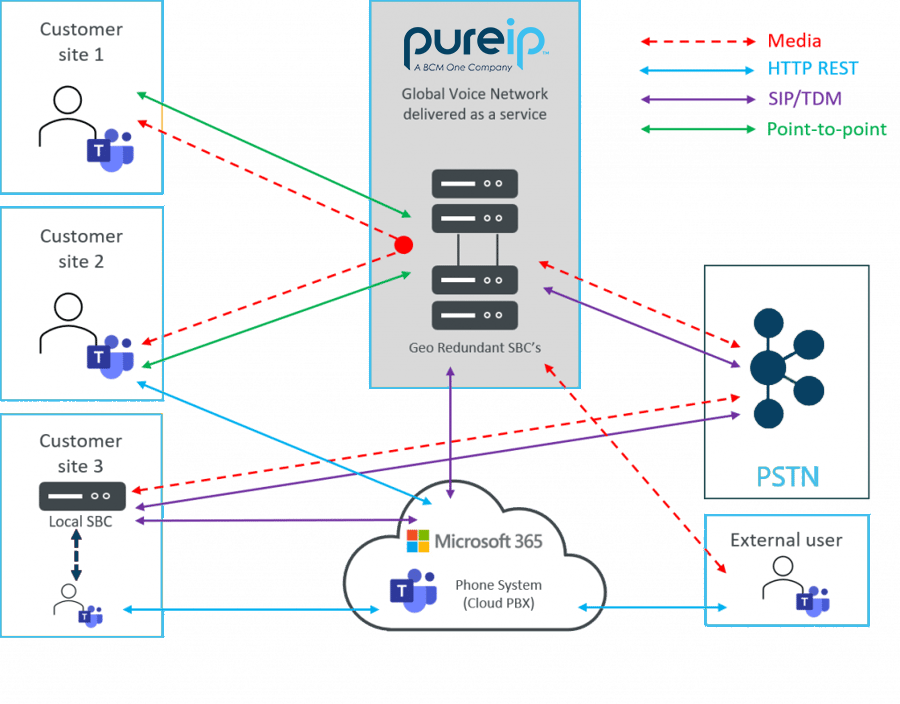Businesses big and small around the world are evaluating the economic and operational impact of COVID-19 and what it means on critical business systems such as IT and telephony. The initial and most immediate reaction is to follow the trends and suggest moving everything into the cloud and thereby reduce the dependency on office-based equipment or connectivity.
This appears to be a sensible solution, until you start to consider the detail and reality of such a migration and whether it can be executed in compliance with local regulations and budget. The challenges increase significantly the larger the enterprise and number of countries in which you operate. If you are a multinational the evaluation must be made as to whether the expense can be justified in financial or opportunity cost terms.
From our research no single cloud-based provider has a solution which covers all the countries that most multinationals operate in or has all the features required to migrate all telephony or IT needs in a single product or solution. In terms of telephony, cloud providers have concentrated on the development of features or integrations and, for the most part, left voice integration as an add-on. In countries where there is light regulation, or the country is local to the provider, they offer bundled voice telephony as call plans but in the case of Microsoft Teams – probably the most complete of the available platforms - this only covers 12 countries.
So how do you get 100% of your users into the cloud while meeting the requirements of the users, the business budget, and your legal and compliance team?
One solution is to work with the agile providers who have developed, and can support, hybrid solutions based on the backbone of Tier 1 carriers. This can allow you to combine traditional SIP Trunking/Direct Routing services with compliant solutions which allow users to be resident in the cloud, but telephony to stay local. The recent addition of Media Optimization on Teams certified SBC’s introduces further opportunities to better manage local voice media while the user is hosted in the Cloud, as the voice media can be localized to a private connection between the voice carrier's data centers and the customer sites, without having to traverse the internet to Microsoft servers. Such optimization helps prevent quality issues and potential security concerns.

Furthermore these type of solutions include the flexibility of integrating multiple vendor platforms and business applications, along with multiple types of end devices or end points. This enables you to consolidate services to a single provider, for simplified billing, all while consuming minimal budget and IT resource.
Companies like Pure IP have embraced this challenge and are helping multinational and large domestic organizations achieve these goals. We are using Ribbon and Audiocode SBC’s with proprietary deployment techniques and post-implementation support to provide a complete, holistic solution through a single provider. In the near future all of this information will be available within a single portal. We have sought to fill the void left by the larger voice carriers and focus on meeting the rapidly shortening timelines of post-COVID projects and more complex voice solutions.
We take a ‘no cost’ consultative approach and are happy to discuss your requirements, advise on key issues, and identifying the considerations to take into account for the best solution. We can also provide guidance on achieving a smooth, successful migration on time while delivering the economics that justify the project. Let's talk.



